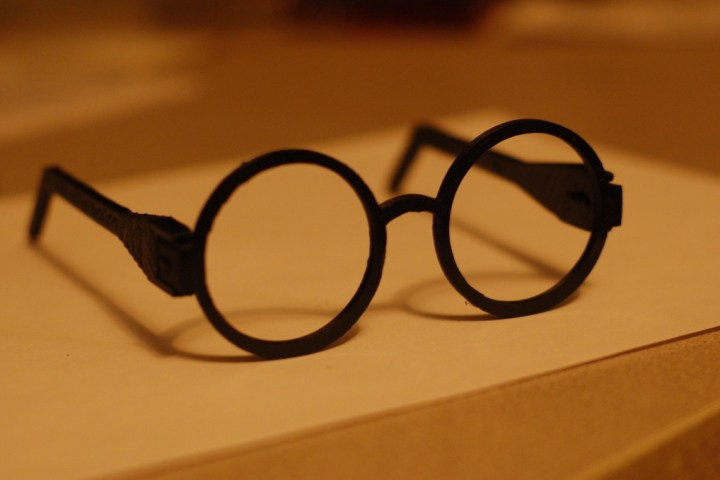
If you don’t, that’s probably because you read the version of Harry Potter written by J.K. Rowling instead of an LSTM recurrent neural network — trained to generate new Hogwarts-related stories using a data set consisting of the series’ first four books.
“I’ve been experimenting with deep learning over the past few weeks, and the Harry Potter story is the result of one of those experiments,” creator Max Deutsch told Digital Trends. “Beyond just looking for a fun way to practice what I’ve been learning, the Harry Potter project was an attempt to make something enjoyable to read.”
Since the results are more surreal mashup than anything likely to give Rowling sleepless nights, “enjoyable” may not be exactly the word. However, it’s a fascinating demonstration of what happens when a neural network turns its attention to creativity.
“The computer is quite good at capturing the rhythm and style of the source text, but the sentences themselves are mostly nonsense,” Deutsch admits. “Occasionally, there is a glimmer of sense, and these moments — plus the knowledge that a computer wrote it — is what makes the read enjoyable to me.”
Interestingly, this isn’t the first time textual analysis algorithms have been applied to the work of J.K. Rowling. When the U.K. newspaper the Sunday Times outed the mega-successful author as the scribe of detective novel The Cuckoo’s Calling a few years ago — writing under the pen name Robert Galbraith — computer scientists were called in to use machine learning to solve the mystery. By analyzing the text based on word-length distribution, usage of common words like “the” and “of,” and recurring-word pairings, they proved that she was.
Max Deutsch’s work might not have quite the academic rigor of that work, but it moves beyond it by not simply analyzing existing works — but generating new ones. “Creativity is a hard thing to explain, even in the context of humans,” he says. “If creativity is simply the act of creating something new — often based on connecting pre-existing things in new ways — then you can argue that the Harry Potter neural network was very creative. In fact, this might be the first time anyone, or anything, has constructed the sentence: ‘Dumbledore will get out from behind a cream cake.’”
You can read the rest of Deutsch’s deep learning Harry Potter story here.


